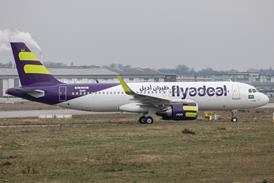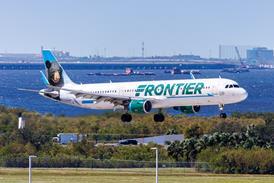The Royal Australian Air Force plans multi-year battlefield experiments to pave the way for entry into service of its new Boeing 737 Wedgetail airborne early warning and control (AEW&C) aircraft, new space and unmanned sensors, and the Lockheed Martin F-35 Joint Strike Fighters (JSF) in a networked operational architecture.
The experiments will emphasise joint force aerospace operations and include examination of the potential roles for Australia's Jindalee operational radar network and the navy's planned new class of air-warfare destroyers.
Related studies will look at how the F-35 might contribute to potential coalition military operations which consist of Australian and South-East Asian military forces. Planning for the first series of integrated concept experiments, which will focus on high-level concepts of potential future regional conflict, was launched in early December.
Air force chief Air Marshal Angus Houston says: "What we are talking about in the future is a total environment - a total joint environment. Experimentation without considering the maritime environment, without considering the land environment, I think is unrealistic. At the end of the day the capabilities we are introducing into service, and I include the JSF in this, are all joint capabilities."
Houston adds: "The air force will operate them, but they will be used by a joint commander and they will be used to support the joint force."
The experiments are being run jointly by the RAAF and the Australian Defence Science and Technology Organisation.
Houston formally established the first-ever Air Force Science Board three months ago as part of preparations and says that most of the work will be carried out using simulations and computer modelling, but he does not rule out the possibility of exercises.
The choice of the JSF as Australia's next frontline fighter has been a major catalyst for the new experimentation process.
Houston says: "I need to understand how the JSF will fit in with the AEW&C, and the likely environment we are going to have here in Australia and the region in the future."
He adds: "The best way to do that is to make sure that we have come to grips with all of the problems by using computer modelling, simulation and anything else that we have available to us to explore the concepts that we develop, to prove them, or disprove them."
Source: Flight International























